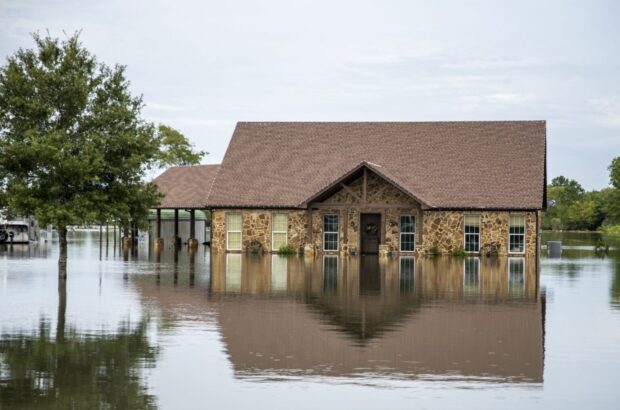While the National Flood Insurance Program (NFIP) rolls out a new rating program generating premium increases for many policyholders, the private flood insurance market has seized the opportunity to grow its market share across the U.S., according to an issues brief published this week by the Insurance Information Institute (Triple-I).
The U.S. flood insurance market had grown 24 percent, according to the issues brief, Flood: State of the Risk.
An increase from $3.29 billion in direct premiums written to $4.09 billion between 2016 and 2022 – with 77 private companies writing 32.1 percent of the flood business across the country as of Dec. 31, 2022, the brief noted.
“The timing of the private market’s increasing appetite for flood risk is fortuitous, as it coincides with Risk Rating 2.0, NFIP’s new pricing methodology that aims to make the government agency’s flood insurance premium rates more actuarially sound and equitable by better aligning them with individual properties’ flood risk,” Triple-I noted. “As NFIP rates become more aligned with principles of risk-based pricing, some policyholders’ prices are expected to fall, while many are going to rise.”
The brief went on to explain that as the cost of participating in a government-run flood insurance program rises, private insurers may respond by “applying cutting-edge data and analytics capabilities, more refined pricing techniques and new products, such as parametric insurance, to seize those opportunities”.
Affordable coverage can only come with increased competition, according to the Triple-I.
According to a recent consumer research conducted by Triple-I, in partnership with reinsurer Munich Re, found that sixty-four percent of homeowners and renters surveyed responded that their residences were not at risk from flood, and another 14 percent were unsure of their flood risk.
Unless required by their mortgage lender, most homeowners don’t purchase flood insurance under the mistaken belief that their standard homeowners policies cover flood damage.





















 First Atlantic Hurricane Forecast for 2026 Suggests Season Close to 30-Year Norm
First Atlantic Hurricane Forecast for 2026 Suggests Season Close to 30-Year Norm  Is the AI Boom a Bubble Waiting to Pop? Here’s What History Says
Is the AI Boom a Bubble Waiting to Pop? Here’s What History Says  California Workers Comp Combined Ratio for 2024 Highest in 20-Plus Years
California Workers Comp Combined Ratio for 2024 Highest in 20-Plus Years  Artificial Intelligence Is Rewriting the Rules for Commercial Lines
Artificial Intelligence Is Rewriting the Rules for Commercial Lines 





